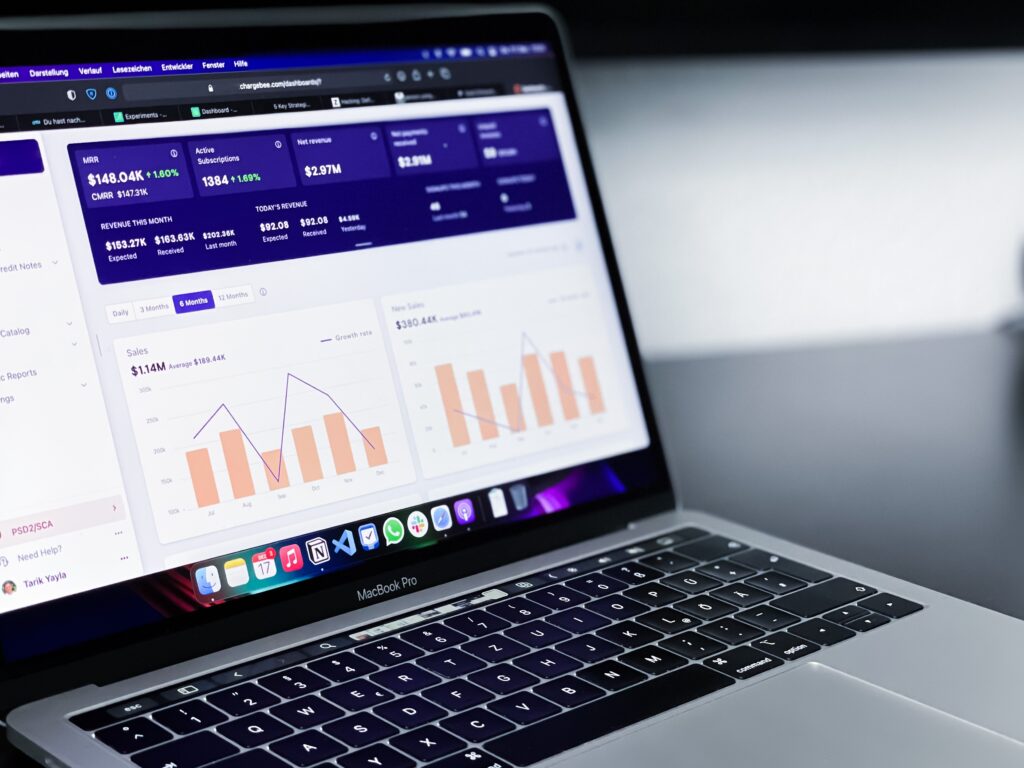In today’s fast-paced and data-driven world, organizations seek real-time insights to make timely decisions and gain a competitive edge. This article explores the concept of real-time analytics, the benefits it offers to various industries, the technological challenges of handling streaming data, and how Upsolver addresses these challenges to enable efficient stream processing.
I. What is Real-Time Analytics?

Real-time analytics refers to the process of analyzing and deriving insights from data as it is generated or received in near real-time. Unlike traditional batch processing, which operates on static data sets, real-time analytics enables organizations to react, respond, and make data-driven decisions based on the most current information available.
II. How Industries Can Benefit from Streaming Data:
E-commerce and Retail: Real-time analytics helps monitor customer behavior, optimize inventory management, personalize marketing campaigns, and detect fraud or anomalies in real time.
Finance and Banking: Streaming data analytics allows for instant fraud detection, real-time risk assessment, personalized financial recommendations, and dynamic pricing strategies.
Healthcare: Real-time analytics aids in patient monitoring, early disease detection, predictive analytics for treatment plans, and alert systems for critical events.
Internet of Things (IoT): Real-time analytics enables the processing of large volumes of sensor data, enabling real-time monitoring, predictive maintenance, and operational efficiencies.
III. Technological Challenges to Handling Streaming Data:

Data Volume and Velocity: Streaming data generate massive volumes of data in real time, requiring scalable infrastructure and processing capabilities to handle the velocity at which data arrives.
Data Variety: Streaming data comes in various formats and structures, making it challenging to integrate and analyze heterogeneous data sources effectively.
Data Quality and Consistency: Ensuring data quality and consistency in real-time requires robust data validation, cleansing, and transformation mechanisms.
Latency and Timeliness: Real-time analytics demands low-latency processing to deliver insights within acceptable timeframes for decision-making.
IV. How Upsolver Solves Stream Processing Challenges:
Upsolver, a leading stream processing platform, addresses the challenges of handling streaming data with its advanced capabilities:
Simplified Data Integration: Upsolver provides a user-friendly interface to ingest, integrate, and transform streaming data from various sources, eliminating the complexities of data integration.
Real-Time Data Transformation: Upsolver enables real-time data transformation and enrichment through a visual interface, allowing organizations to derive insights from streaming data instantly.
Scalable Processing: Upsolver leverages cloud-native infrastructure to scale processing power elastically, ensuring efficient handling of high-volume and high-velocity streaming data.
Data Quality Assurance: Upsolver offers automated data quality checks, data cleansing, and anomaly detection capabilities to maintain the integrity and consistency of streaming data.
V. Conclusion:
Real-time analytics holds immense potential for organizations to leverage streaming data and gain valuable insights for informed decision-making. However, handling streaming data poses technological challenges that require advanced stream processing solutions like Upsolver. By simplifying data integration, providing real-time data transformation, ensuring scalability, and maintaining data quality, Upsolver empowers organizations to harness the power of streaming data effectively. Embracing real-time analytics and leveraging robust stream processing platforms like Upsolver enables organizations to stay agile, make data-driven decisions in real time, and unlock competitive advantages in the dynamic business landscape.
FAQs
What is real-time analytics, and why is it important?
Real-time analytics refers to analyzing and deriving insights from data as it is generated or received in near real-time. It is important because it enables organizations to make timely decisions based on the most current information available, leading to improved operational efficiency, better customer experiences, and competitive advantages.
How can different industries benefit from streaming data analytics?
Streaming data analytics offers numerous benefits across industries. E-commerce and retail can optimize inventory management and detect fraud. Finance and banking can detect fraud in real-time and personalize financial recommendations. Healthcare can monitor patients, detect diseases early, and provide personalized treatment plans. The Internet of Things (IoT) can enable real-time monitoring, predictive maintenance, and operational efficiencies.
What are the technological challenges in handling streaming data?
Technological challenges in handling streaming data include managing large volumes and high velocity of data, integrating heterogeneous data sources, ensuring data quality and consistency in real-time, and delivering low-latency processing for timely insights.
How does Upsolver address the challenges of stream processing?
Upsolver simplifies data integration by providing a user-friendly interface for ingesting and transforming streaming data from various sources. It enables real-time data transformation and enrichment through a visual interface. Upsolver scales processing power elastically to handle high-volume and high-velocity streaming data. It also offers automated data quality checks, data cleansing, and anomaly detection capabilities to ensure data integrity.
What are the benefits of adopting real-time analytics and leveraging stream processing platforms like Upsolver?
Adopting real-time analytics and leveraging stream processing platforms like Upsolver allows organizations to stay agile, make data-driven decisions in real time, and unlock competitive advantages. It enables timely insights for better decision-making, improves operational efficiency, enhances customer experiences, and supports proactive monitoring and response to critical events.

